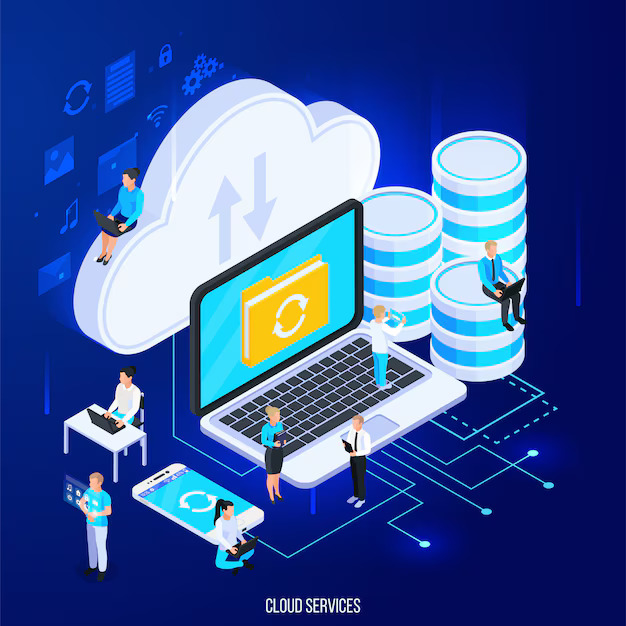
What is a VMware Content Library?
Content library in a VMware is a container object which stores VM templates, vApp templates, and other types of files. It has the capability of sharing the stored files across multiple vCenter Server instances in the same or different locations.
This post is a three-part series.
Content Library function is available from vSphere 6.0 version onwards and now with latest vSphere 6.7 update 2 it is matured and very useful for vSphere Administrators.
Using Content Libraries you can bring out compliance and consistency within the infrastructure when deploying workloads.
You can create Library from Single vCenter and the library items can be shared between vCenter servers. The files can be single or multiple files such as ISO, OVF, etc.
There are two types of libraries you can create:
Local Libraries
Local Libraries are used to store items on a single vCenter Server instance, and it can be published to allow users from different vCenter Servers to subscribe.
Subscribed Libraries
Purpose of Subscribed Libraries is to subscribe to a published library to create a subscribed library. A subscribed library can be created in the same vCenter of the published library or in a different vCenter Server instance.
You can configure the synchronization of the subscribed library in automated or manual to the source published library. Also, you can set the option to download content from the source published library immediately or only when needed to manage your storage space